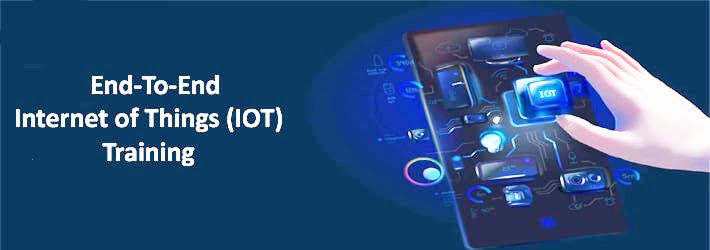Embedded System Training in Bangalore :
Embedded system :
An embedded system is a combination of computer hardware and software and perhaps additional parts, either mechanical or electronic designed to perform a dedicated function.
A good example is the microwave oven. Almost every household has one, and tens of millions of them are used every day, but very few people realize that a computer processor and software are involved in the preparation of their lunch or dinner.
T
he design of an embedded system to perform a dedicated function is in direct contrast to that of the personal computer. It too is comprised of computer hardware and software and mechanical components (disk drives, for example).
However, a personal computer is not designed to perform a specific function. Rather, it is able to do many different things. Many people use the term general-purpose computer to make this distinction clear. As shipped, a general-purpose computer is a blank slate; the manufacturer does not know what the customer will do with it. One customer may use it for a network file server, another may use it exclusively for playing games, and a third may use it to write the next great American novel.
Frequently, an embedded system is a component within some larger system. For example, modern cars and trucks contain many embedded systems. One embedded system controls the antilock brakes, another monitors and controls the vehicle’s emissions and a third displays information on the dashboard. Some luxury car manufacturers have even touted the number of processors (often more than 60, including one in each headlight) in advertisements. In most cases, automotive embedded systems are connected by a communications network.
It is important to point out that general-purpose computer interfaces to numerous embedded systems. For example, a typical computer has a keyboard and mouse, each of which is an embedded system. These peripherals each contain a processor and software and are designed to perform a specific function. Another example is a modem, which is designed to send and receive digital data over an analog telephone line; that’s all it does. And the specific function of other peripherals can each be summarized in a single sentence as well.
The existence of the processor and software in an embedded system may be unnoticed by a user of the device. Such is the case for a microwave oven, MP3 player, or alarm clock. In some cases, it would even be possible to build a functionally equivalent device that does not contain the processor and software.
This could be done by replacing the processor-software combination with a custom integrated circuit (IC) that performs the same functions in hardware. However, the processor and software combination typically offers more flexibility than a hardwired design. It is generally much easier, cheaper, and less power-intensive to use a processor and software in an embedded system.
Embedded System Domains :
· Consumer Electronics and Durables
· Telecommunications
· Automotive Electronics
· IT Hardware and Office Automation
· Industrial Electronics
· Test and Measuring Instruments
· Industrial Automation
· Defense Electronics
· Medical Electronics
· Internet of Things
The core of the embedded system is nothing but it needs to have a controller or a processor inside it. For an Embedded Engineer or Embedded System Designer, knowledge of the Microcontroller and Microprocessor is a must.



Comments
Post a Comment